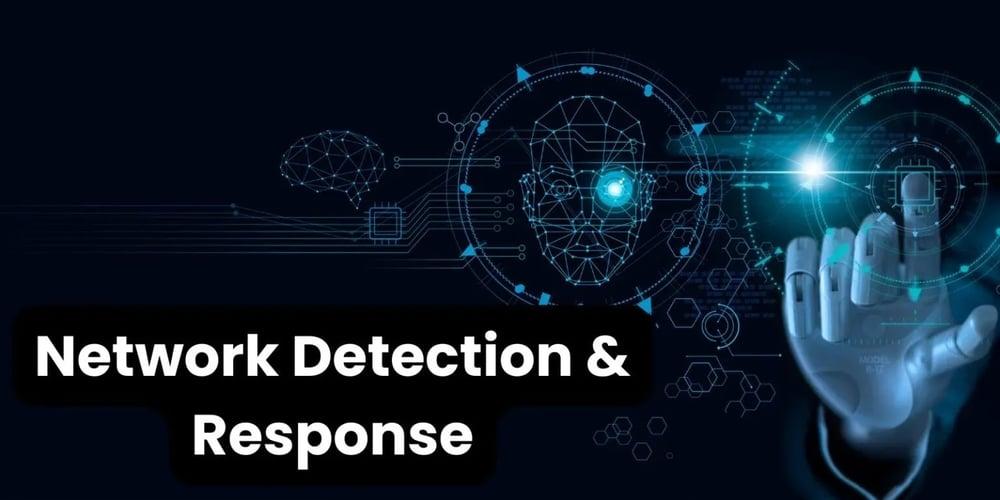
Catching Rogue DHCP Servers Using NDR Techniques

Dynamic Host Configuration Protocol (DHCP) plays a vital role in modern networks by automatically assigning IP addresses and other network configurations to devices. However, when a rogue DHCP server enters the environment—either through misconfiguration or as a malicious actor—it can silently hijack network traffic, enable man-in-the-middle (MitM) attacks, or cause significant service disruptions. Traditional security solutions often struggle to detect such threats in real time.
This is where Network Detection and Response (NDR) steps in. By continuously monitoring east-west and north-south traffic, NDR platforms use behavioral analytics and anomaly detection to flag unusual network activity—such as unauthorized DHCP behavior. In this article, we explore how NDR techniques can be used to detect, investigate, and respond to rogue DHCP servers effectively.
Understanding Rogue DHCP Servers
A rogue DHCP server is any DHCP server that is not authorized by network administrators but responds to DHCP client requests. These rogue servers can:
-
Assign incorrect IP addresses or default gateways
-
Redirect traffic through malicious proxies
-
Perform DNS spoofing
-
Launch denial-of-service (DoS) attacks on legitimate DHCP infrastructure
Rogue DHCP servers are particularly dangerous because DHCP communications typically happen at the lower layers of the OSI model and are often ignored by traditional security tools like firewalls or endpoint antivirus.
The Limitations of Traditional Detection Methods
Most organizations rely on manually maintained allowlists, VLAN segmentation, or DHCP snooping features on switches to prevent rogue DHCP behavior. While these methods can be useful, they:
-
Lack real-time detection
-
Don’t scale well in dynamic or hybrid environments
-
Can be bypassed through MAC/IP spoofing
-
Often miss attacks in remote offices or cloud-hosted environments
This is where NDR shines—by passively monitoring all traffic and correlating behavior over time without depending on predefined signatures or configurations.
How NDR Detects Rogue DHCP Activity
NDR platforms analyze raw network telemetry and protocol metadata across the entire network. Here’s how they can identify rogue DHCP servers:
1. Protocol Behavioral Analysis
NDR tools understand the structure of DHCP packets and monitor legitimate DHCP transactions. They create baselines for normal server-client interactions and flag anomalies such as:
-
DHCP offers from unauthorized IPs
-
Multiple DHCP servers replying to a single DHCP Discover
-
Unusual lease times or option fields
2. East-West Traffic Monitoring
Unlike perimeter-focused tools, NDR provides visibility into lateral movement. A rogue DHCP server introduced in a local subnet or virtual network can be immediately identified based on unusual broadcast activity or reply patterns.
3. MAC and IP Correlation
NDR platforms continuously map MAC-to-IP relationships. If an unknown device suddenly starts acting as a DHCP server—especially with a different MAC/IP pairing—this discrepancy is detected as an outlier.
4. Time-Series Anomaly Detection
Using machine learning, NDR systems track the frequency and timing of DHCP messages. Sudden spikes in DHCP Offer or ACK messages from an unexpected source trigger alerts.
5. Geo and Topology Awareness
If a DHCP reply comes from an unusual geographical location (e.g., VPN-tunneled rogue DHCP server from an attacker), or a segment where no DHCP server should exist, NDR systems highlight it.
Real-World Scenarios Where NDR Catches Rogue DHCP
Scenario 1: Misconfigured Test Server
A developer connects a test server to the production network, which inadvertently starts offering IP addresses. NDR flags the new source of DHCP offers and alerts the SOC before it causes widespread IP conflicts.
Scenario 2: Insider Threat
A malicious insider plugs a Raspberry Pi configured as a rogue DHCP server to redirect traffic through a sniffing proxy. NDR detects the unauthorized DHCP activity and provides full session-level details to identify the user, switch port, and impacted endpoints.
Scenario 3: Supply Chain Attack
A network switch with malicious firmware is installed and begins issuing DHCP leases to facilitate MitM attacks. NDR catches the abnormal DHCP behavior based on its signatureless behavioral detection engine, even though the switch MAC address appears trusted.
Response and Mitigation with NDR
Once a rogue DHCP server is detected, NDR platforms assist with rapid investigation and response:
-
Automated alerting and ticket creation in SIEM/SOAR platforms
-
Detailed packet captures for forensic analysis
-
Network maps and device fingerprints for physical device tracking
-
Integration with NAC to isolate the rogue device
-
Enrichment with threat intelligence (e.g., STIX/TAXII feeds) to check for known IOCs
Many NDR platforms can also integrate with firewalls and SDN controllers to automate containment, such as blacklisting the rogue IP or blocking DHCP traffic from the offending MAC.
Best Practices for Using NDR to Monitor DHCP
-
Baseline legitimate DHCP behavior early and continuously.
-
Tag and classify known DHCP servers within the NDR system to minimize false positives.
-
Use dynamic playbooks in your NDR platform to automate response to rogue DHCP detections.
-
Cross-correlate DHCP data with device inventory and CMDBs to validate ownership.
-
Monitor remote locations and cloud-connected systems just as closely as the data center.
Conclusion
Rogue DHCP servers pose a silent but potent threat to enterprise networks, with the potential to disrupt services, facilitate eavesdropping, or even serve as an entry point for larger attacks. Network Detection and Response platforms offer a modern, intelligent, and scalable way to detect and respond to these threats in real time.
By leveraging NDR’s strengths in behavior analytics, traffic baselining, and deep protocol inspection, security teams can gain the upper hand against rogue infrastructure—whether introduced accidentally or with malicious intent.
